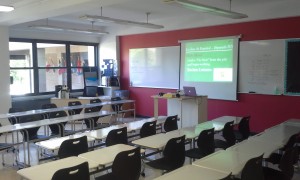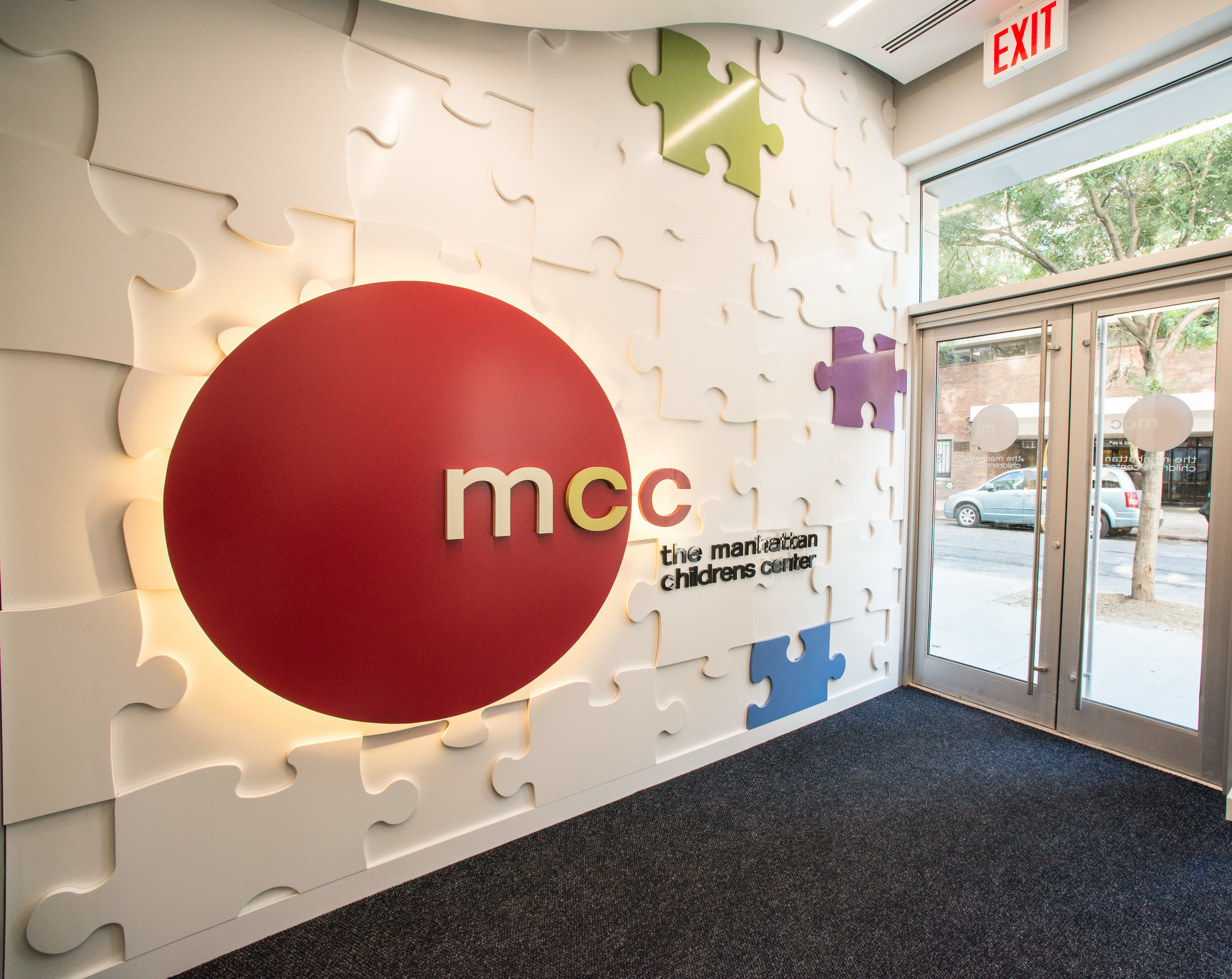
Like it or not, charter schools are taking up more and more space in New York City, and it doesn’t look like they’ll be slowing down anytime soon. With almost two hundred charters populating the five boroughs since 1999, these schools that pride themselves on creativity have been forced to get inventive with their facilities. A number of these charter schools share their space with other tenants and when the time comes to expand, they face a problem. Not only is space an issue, but the time constraints of making capital improvements on a school can be crippling. To accomplish a task such as this we’re looking at ways in which obstacles in facility management can be overcome to maximize the benefits of our schools.
Entering into Facility Reality
Charters are often deferred for years simply because of a lack of space, and while having a vision about the space you want for your school is necessary, being pragmatic is imperative. David Briggs AIA LEED AP is a Principal at Loci Architecture, board member for the Amber Charter School and four New Visions Charter High Schools, as well as a charter school parent. According to him, taking a realistic approach about the nature of the facility market is vital to having success with a new school, “Every school founder and leader has a vision for their school’s service to the community, but when dealing with New York City real estate it can be very challenging to find affordable spaces that support that vision. One of our jobs is to work with school leaders and show them how different building types can be re-purposed to create a new school identity.”
With that in mind, making the best use of the space you finally secure is critical. For the most part, educational facilities have two opportunities to upgrade their spaces. One is a ten week summer vacation, and the other, a ten day winter vacation. As you might guess, this is a mighty challenge to achieve, and certain skills are required to make a sixteen week project materialize in only ten. An organization like Civic Builders is a turn-key institution that focuses on finding space for both new and growing charter schools. This is a useful tool to target early on in the operation since the process takes time and energy. Additionally, forming an in-house facilities team that is educated and dedicated to this cause from the get-go will likely save future vexation as growth occurs.
Maximize Space, Eliminate Waste
Recent studies at Penn State and Georgia University, among others, continue to show that open spaces contribute greatly to the quality of education that students receive on a day to day basis. Like our last articles on how green and outdoor spaces are conducive to healthy work environments, much of the same applies to students and school staff. The old guard of students sitting at desks and listening to the teacher talk often works counter to the way students (and all of us) learn. Lately, emphasis on movement-based learning shows an increase in students’ abilities to comprehend new information quicker and more thoroughly. Wider, more open learning environments allow for students to move around and work in teams, while providing teachers with a platform to encourage and guide such teamwork.
From a facilities standpoint, this might be a change of pace, however, this can also be good news. Instead of constructing a multitude of costly classrooms, a few large open rooms with simple tables and stand-up desks will save money on building costs that can then be invested in new technology for students. Likewise, open concept learning environments that improve focus by being free of clutter and paying attention to design typically garner a better response from students and parents alike. With current research showing that updated and aesthetically pleasing schools correlate with better testing scores, implementing unique design features such as cutting-edge lighting features or interactive hallway monitors that display school news and updates can enhance the school experience, thus increasing enrollment and overall income.
Building for The Future
At a time when there is controversy over whether or not charter schools should pay rent there is a new law being implemented that reimburses growing charter schools for up to twenty percent of their total funding. Schools will soon be receiving close to $3,000 per student in additional funds that will aid in the acquisition and renovation of facilities for an industry that is expanding at a lightning rate. Implementing open-concept and sleek design features will also help in relieving the pressure of finding and maintaining a facility in New York City. Talisen’s goal is to continue advancing that frontier into the future. We want to hear your opinion and ideas on how to build our schools for the best possible tomorrow, today. Follow us on Twitter (@TalisenCorp) and LinkedIn , or leave a comment in the section below to voice your thoughts on what lies ahead for school design.
